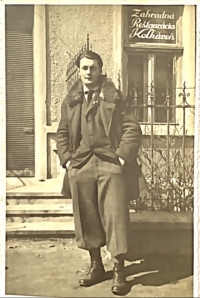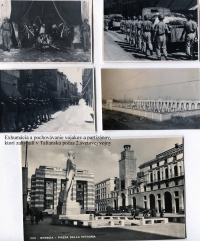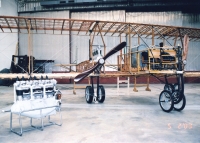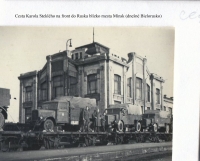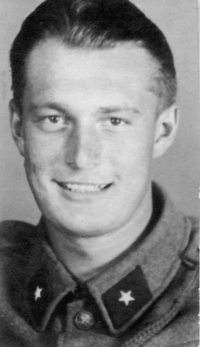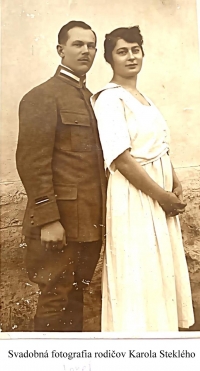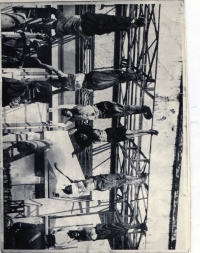I didn‘t go to war to kill people, I always only wanted to help

Stáhnout obrázek
Karol Steklý was born on April 27, 1921 in Trenčín. The father of Czech origin was an Italian legionnaire, the mother was a housewife. After the establishment of the Slovak State, he accepted Slovak citizenship (his father was originally Czech), otherwise he would have had to leave Slovakia. In 1942, he enlisted in the army. At first he worked as a sapper in Nové Mesto nad Váhom. In August 1943, Karol was taken to Belarus on the Eastern Front as a member of the 2nd Infantry Division. At the end of November 1943, Karol‘s unit was renamed the Technical Brigade and sent to Italy. In Italy, his unit did security and fortification work. During the operation of Slovak troops in Italy, about 220 soldiers joined partisans. Karol, however, continued to act as a soldier of the Slovak army. The war in Italy ended at the end of April 1945. The number of fallen Slovaks (including partisans) on the Italian front reached 127 men. After the end of the war he worked in the North Bohemian opencast brown coal mines in the Most region and later until his retirement in ZTS in Dubnica nad Váhom. During his time in World War II, he learned Russian and Italian, which he actively used throughout his work and in private. He interpreted for Italian delegations and worked as a construction worker in the Soviet Union. As a soldier, he was very interested in military technology, especially in aircraft. Since 1990, he was engaged in the idea of constructing a replica of the Caproni Ca 33 aircraft, in which in 1919 M. R. Štefánik crashed. The construction of the replica lasted from 1994 to 2003. The aircraft is exhibited in the entrance hall of the airport of M. R. Štefánik in Bratislava. He is a founding member of the M. R. Štefánik Society and a member of the Slovak Union of Anti-Fascist Fighters.
